Password Manager Statistics By Program, Devices, Application, Adoption & Usage Trends, and Facts (2025)
Updated · Sep 09, 2025
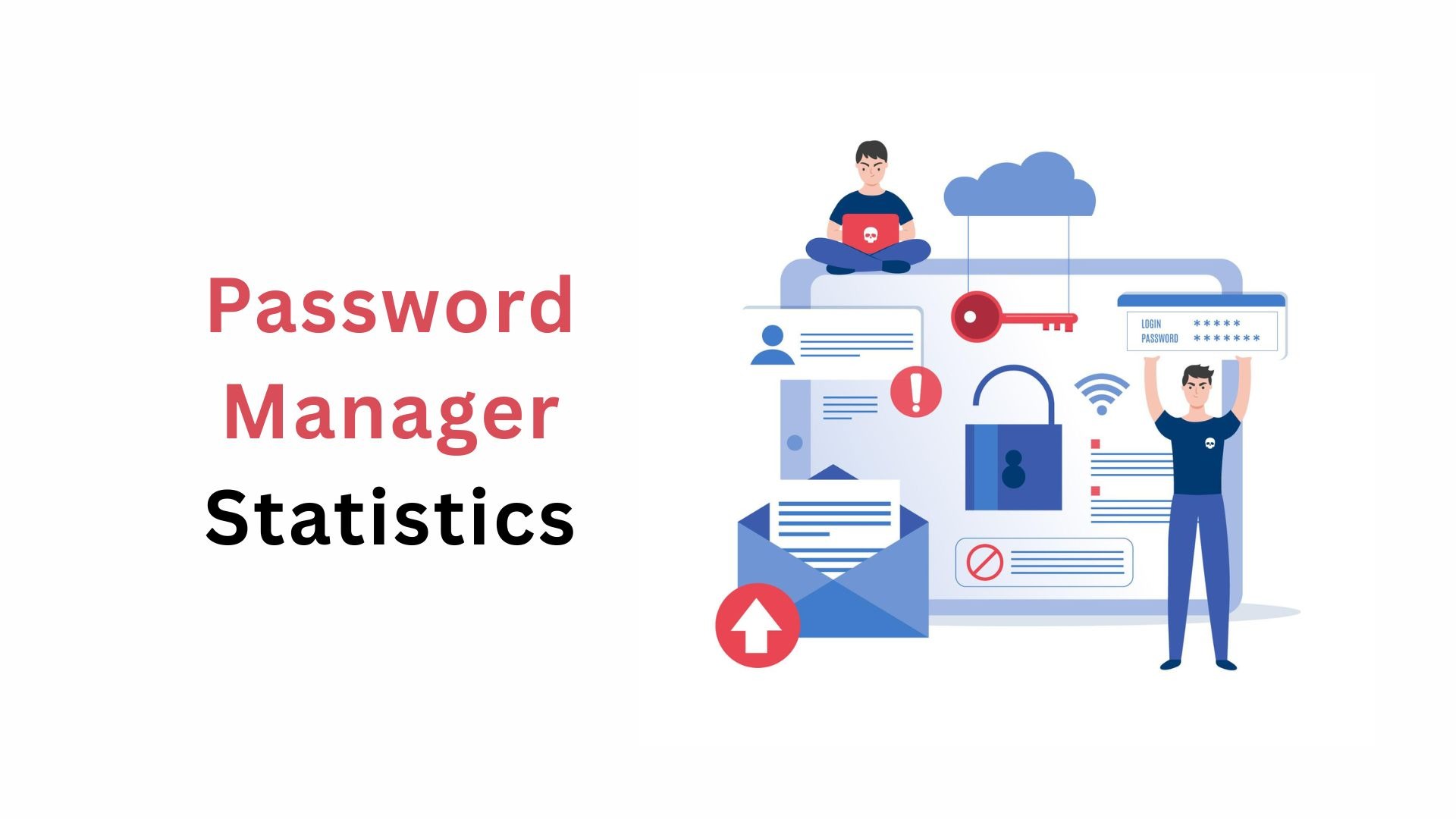
Table of Contents
- Introduction
- Editor’s Choice
- Password Management Software Share Statistics by Program
- Americans Managing Their Online Passwords Statistics
- Popularly Used Password Managers Statistics
- Annual Spending on Password Managers Statistics
- Devices Used for Password Managers Statistics
- Password Manager Use and Application Statistics
- Top 10 Most Common Passwords Statistics
- Most Common Password Recall Method Statistics
- Comparison of Top Password Manager Statistics
- Password Cracking Statistics
- Password Reset Statistics
- Multifactor Authentication Password Adoption Statistics
- Frequency of Using Password Manager Statistics
- Reasons People are Using Password Managers
- Reasons People are Not Using Password Managers
- Conclusion
Introduction
Password Manager Statistics: A password manager acts as a tool that helps people keep their passwords safe and organized. It stores all passwords in one secure place and lets users create strong, unique ones for different accounts. Remembering a different strong password for each account is difficult, and using the same password everywhere is risky. This is where a password manager comes in.
Think of it as a safe digital locker that keeps all your login details in one spot. It uses encryption to protect them and helps you create and use strong, unique passwords. With just one master password, you can handle your online security more easily and lower the risk of hacking.
Thus, recent statistics highlight how quickly password manager adoption is growing, the reasons behind this rise, and how it is shaping online security trends worldwide.
Editor’s Choice
- According to Wikipedia, the first password manager software was Password Safe, developed by Bruce Schneier and released as a free tool on September 5, 1997.
- It was made for Microsoft Windows 95 and protected stored passwords and sensitive information using Schneier’s Blowfish encryption algorithm.
- By October 2024, Google Chrome’s built-in Password Manager had become the most widely used option.
- As mentioned in Security.org, only 36% of American adults, about 94 million people, were using password managers in 2024, a small rise from 34% last year.
- Big tech companies like Google and Apple hold more than 55% of the password manager market with their services.
- Users of password managers are less likely to suffer from identity or credential theft than people who do not use them (17% vs. 32%).
- Moreover, 50% depend on unsafe methods, while about 20% repeat the same password across accounts.
- 75% of non-users are willing to try password managers in the coming year as they are simple, safe, and affordable.
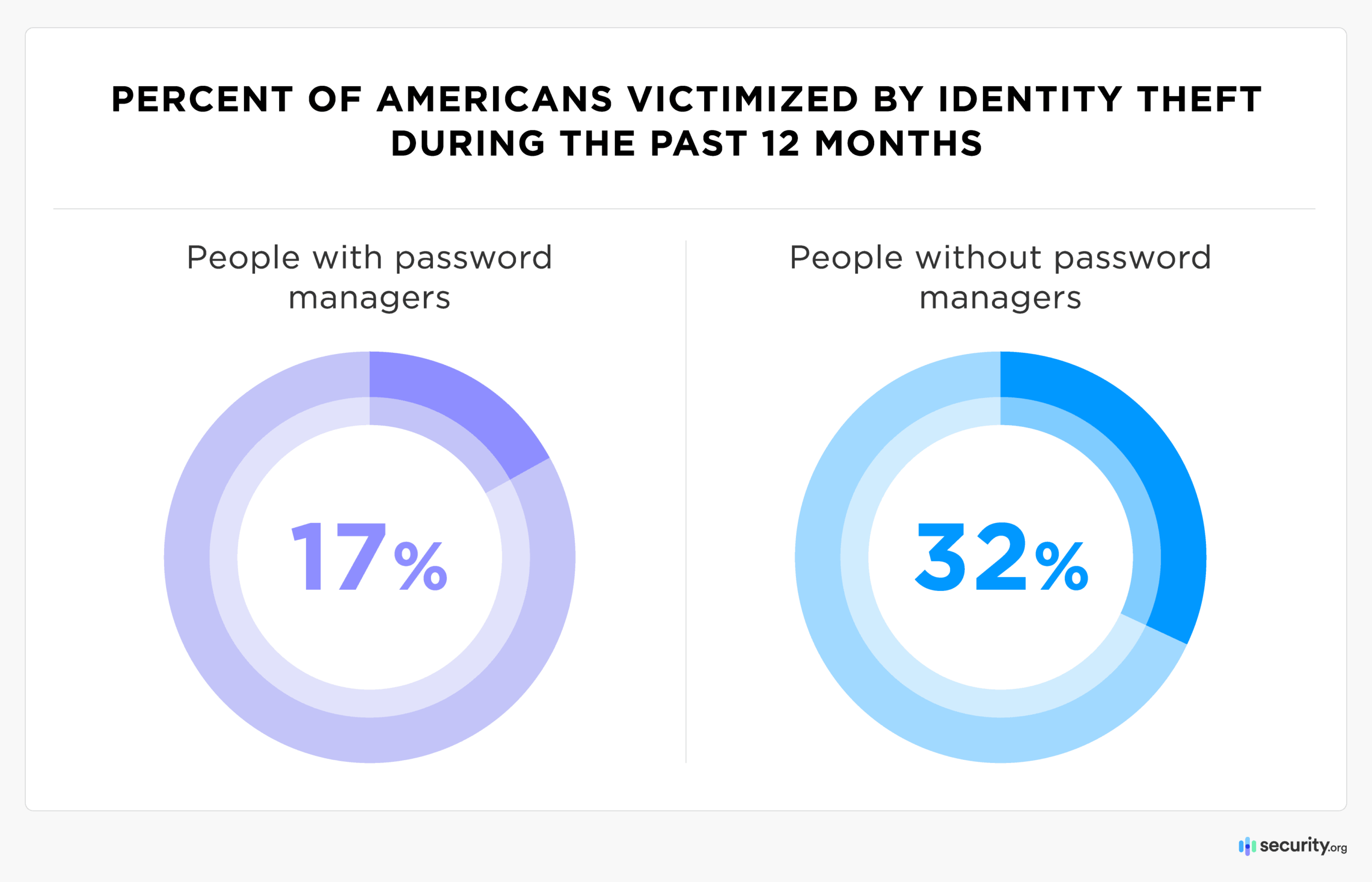
- In 2024, only 17% of people using password managers experienced identity theft.
- Among those without password managers, 32% reported being victims of identity theft.
- Secure Frame report stated that when asked about how they protect their passwords, 30% said they use password managers.
- Adoption grew slightly, with 36% of American adults, about 94 million people, using them in 2024, up from 34% last year.
- Globally, only 7% of people in the US, UK, France, and Germany see password managers as the top way to stay secure.
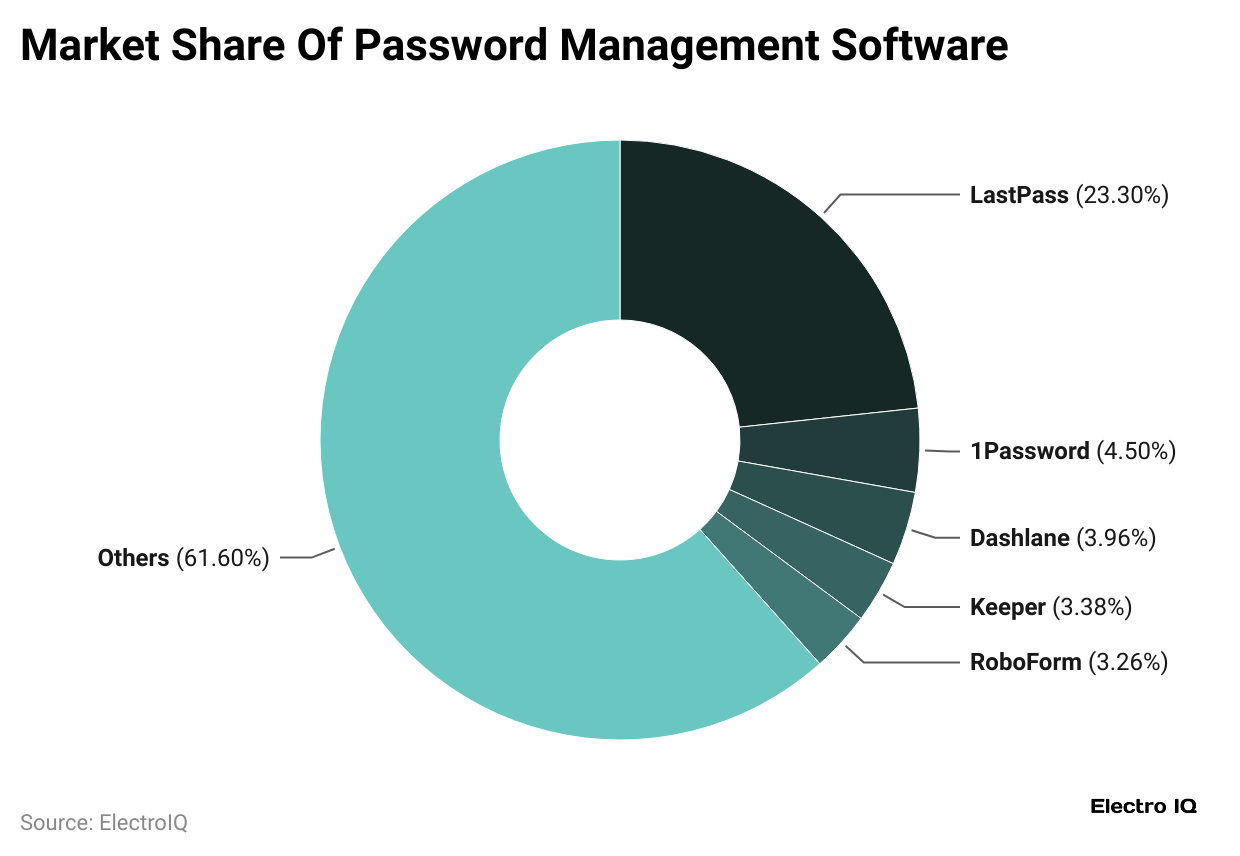
- According to the above pie chart analysis, LastPass holds a 23.3% share of the password management software market worldwide.
- Other notable players include 1Password (4.5%), Dashlane (3.96%), Keeper (3.38%), and RoboForm (3.26%).
- Together, these top five account for approximately 38% of the market, with the remaining 61.8% attributed to other providers.
Americans Managing Their Online Passwords Statistics

- Around 36% of American adults, about 94 million people, were using password managers in 2024, a small rise from 34% last year.
- Only about 24% of people who save passwords in their browsers truly understand the security risks compared to safer options.
- Almost 45% of Americans still handle their passwords in unsafe ways, such as keeping them in plain digital notes or writing them on paper.
Popularly used methods for managing multiple internet passwords in 2024 are mentioned below:
- 51% of people said they remember their passwords by memory.
- 34% reported storing their passwords in their browser.
- 26% keep passwords in a note on their computer or mobile device.
- 36% rely on a password manager.
- 10% use a security passkey or another physical device for passwords.
- 18% admitted to using the same few passwords across all accounts.
Popularly Used Password Managers Statistics
- According to security.org, almost 32% of people said they mainly used Google Password Manager in 2024.
- Meanwhile, Apple’s iCloud Keychain or Passwords app came next with 23%. LastPass was chosen by 11%, while Bitwarden followed at 10%.
- Around 5% preferred 1Password, and 3% each used Norton and Keeper.
- Dashlane was used by 2%, and NordPass and McAfee True Key had 1% each. Another 11% said they relied on other password managers.
Annual Spending on Password Managers Statistics
- As of 2024, most users pay nothing for their password manager, with 79% saying it is free, up from 63% in 2023.
- About 7% spend between USD 1 and USD 20 each year, while 4% pay between USD 21 and USD 40.
- Another 3% spend between USD 41 and USD 60, and only 1% pay more than USD 60.
- Only 7% are unsure about their yearly spending.
Devices Used for Password Managers Statistics
- In 2024, approximately 90% of people used password managers via laptops and desktop computers.
- Moreover, 83% of them used mobile phones.
- Tablets were less common, with only 36% of users depending on them.
Password Manager Use and Application Statistics
- In the same period, only 38% used password managers for personal needs alone.
- A larger share, 61%, relied on them for both work and personal use, while just 1% used them only for work.
Top 10 Most Common Passwords Statistics
- According to passwordmanager.com, from 2024 to 2025, the world’s most common password sequence is 123456.
- The second and third ranked passwords are 111111 (it is quick to type but offers very little security), and admin (often set as the default password for many systems).
- Some of the most common weak passwords that still appear often in data breaches, such as “qwerty” or “12345”, are easy to guess.
- Variations such as “123456789” and “123123” also remain popular.
- Many people even use “000000” as a placeholder or “Iloveyou” as a phrase, showing how predictable and unsafe these choices are.
Most Common Password Recall Method Statistics
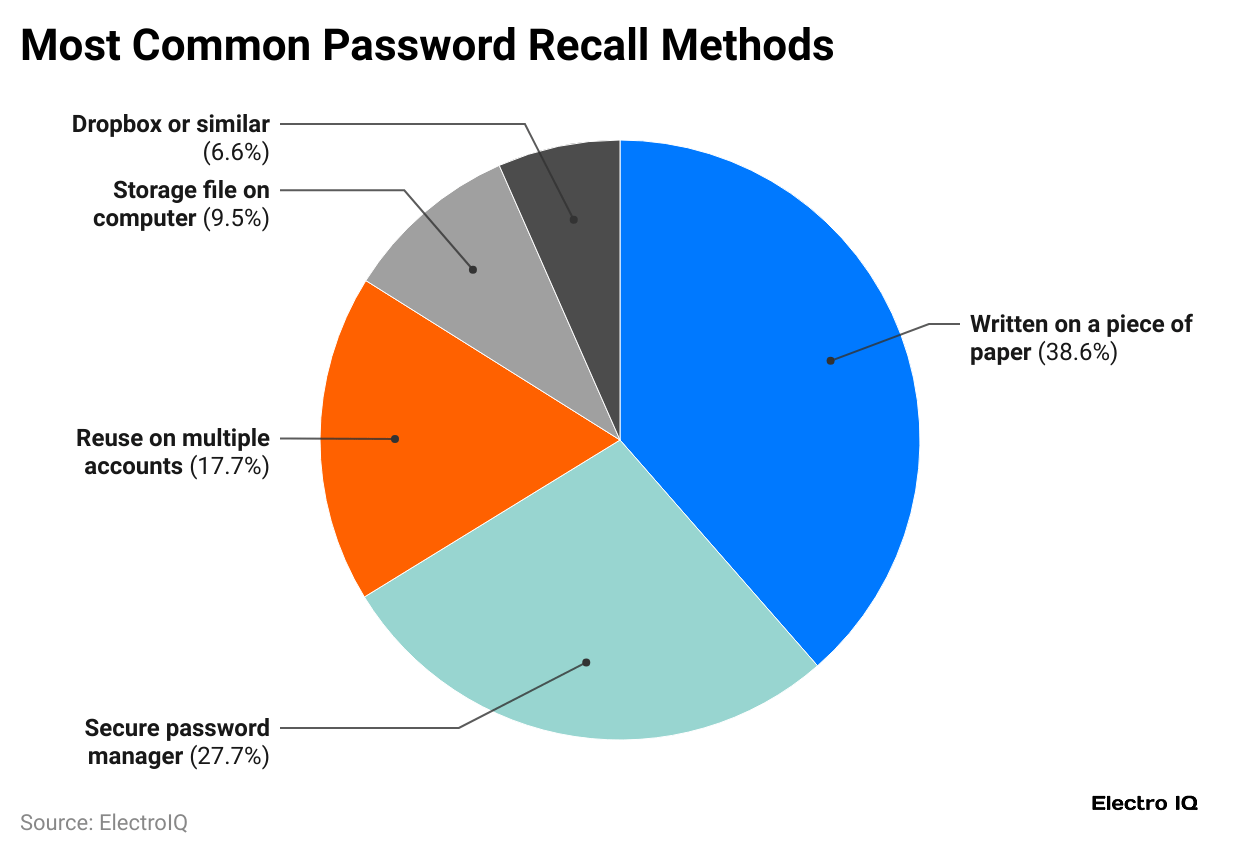
- A survey on password recall methods revealed that the largest group, 38.6%, wrote their passwords on a piece of paper.
- Meanwhile, 27.7% preferred using a secure password manager to keep their credentials safe.
- Some individuals, 17.7%, reused the same password across multiple accounts.
- A smaller portion, 9.5%, stored passwords in a file on their computer, while 6.6% relied on cloud storage services like Dropbox for password management.
Comparison of Top Password Manager Statistics
| Password Managers Name | Price | Ideal for | Features |
| Keeper Password Manager | Keeper Enterprise: USD 3.75/user/month. Keeper Business: USD 2.50 per user per month. Personal use: USD 2.49 per month. Family: USD 9.99 per month. |
Security features |
Keeper provides each employee with a secure vault to save passwords, files, and credentials. It supports auto-fill, safe sharing, unlimited devices, and team features like admin controls, access roles, history, and reporting. |
|
LastPass |
Business plans start at USD 3/user/month.
A personal plan is free for 1 user. Personal Paid plans start at USD 3/month |
Overall best solution | LastPass can make strong, random passwords, keep digital items like Wi-Fi details and insurance cards, allow secure sharing, and give trusted family or friends emergency access to protect important information. |
| Bitwarden | Free
Families: USD 1/month Teams: USD 5/month Enterprise: USD3 per user/month. |
One of the best open source solutions |
Bitwarden offers strong security with Duo-based multi-factor login, 1GB encrypted storage, cloud syncing, AES-256 encryption, and command-line tools. Letting users safely access data anywhere and automate vault tasks with scripts. |
|
ADSelfService Plus |
Contact representatives for a free quote | Flexible self-service | Use multi-factor authentication, enable SSO and 2FA, sync passwords instantly, apply detailed rules, and create audit reports for better security. |
| Bitdefender Password Manager | Starts at USD 19.99 for the first year with an annual subscription.
It will cost them USD 29.99 after the first year ends. Alternatively, they can choose the monthly plan at USD 2.99. |
Simplified password management. |
Autofill forms are managed securely with local encryption, offline access, and data protected using SHA512, AES-256-CCM, WSS, and HTTPS. |
|
1Password |
Personal use: Starts at USD 2.99
Teams: Starts at USD 3.99/user/month Families: USD 4.99/month Business: USD 7.99/user/month |
Ease of use and security features. | 1Password offers usage and access reports, smooth employee onboarding and offboarding through Azure AD and Okta integration, plus unlimited vaults, item storage, two-factor authentication, and strong admin controls for security. |
| Dashlane | Free, Premium: USD 4.99/month
Premium Plus: USD 9.99/month. |
Overall, the best solution provides full features. |
Smart Spaces allows employees to separate work and personal passwords. Admins can check business password health without invading privacy, while easily adding team members, managing permissions, and tracking security through the console. |
|
RoboForm |
Free, Everywhere: USD 1.99 per month, and Family (USD 3.98 per month).
The business plan starts at USD 3.35 per user per month. |
Affordable pricing plans | RoboForm lets users safely share logins with others, uses strong AES-256 encryption, and its business plan offers easy onboarding, centralised management, role-based permissions, unlimited sharing, and separates personal and work passwords. |
| Zoho Vault | There are three more plans, i.e. Standard (USD 0.9/user/month), Professional (USD 3.6/user/month), and Enterprise (USD 6.3/user/month). | Best for families |
Zoho Vault uses AES-256 encryption, offers cloud backup, password alerts, offline access, IP restrictions, integration with G Suite/Office 365, and reports. |
|
KeePassXC |
It is available for free | Best self-hosted password manager |
KeePass stores all passwords in one database secured by a master key, works offline without internet, allows exporting in TXT, HTML, XML, or CSV, and offers Auto-Type with global hotkeys. |
Password Cracking Statistics
- According to Secureframe, many passwords can be guessed quickly, as about 45% of passwords can be cracked in under a minute, 59% within an hour, and 73% within a month, while 23% take over a year.
- From 193 million real passwords studied, 87 million were broken in less than a minute.
- Passwords with nine characters may be cracked within a year, but ten-character ones last longer.
- Around 57% contained dictionary words, making them weaker.
- Simple passwords like “123456” can be hacked instantly.
- Stronger passwords with mixed letters, numbers, and symbols take much longer, especially if over 14 characters.
Password Reset Statistics
- pewresearch.org also states that around 21% of Americans often or regularly reset their passwords.
- About 68% had to update passwords on multiple accounts after a breach, as mentioned in a report by Forbes.
- Among those hacked, 18% reuse variations of old passwords.
- Meanwhile, 47% forget passwords a few times a month, while 15% forget at least weekly.
- Around 51% reset passwords monthly due to memory issues, and 15% do so weekly.
- Many people keep the same password for years: 43% haven’t updated theirs in over five years.
- Over 60% only change passwords when prompted, and only a third of those who are aware of breaches update affected passwords.
Multifactor Authentication Password Adoption Statistics
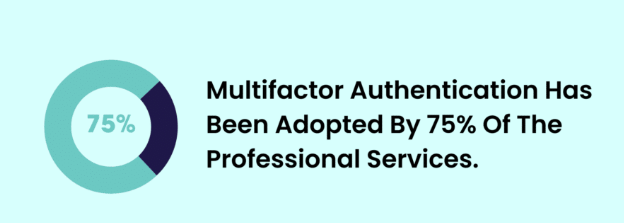
- The adoption of multi-factor authentication (MFA) differs globally, with the technology sector leading at 87%, followed by insurance at 77% and professional services at 75%.
- Education sees 65%, finance and banking 60%, and healthcare 56%, while government lags at 48%.
- Large organisations with over 10,000 employees adopt MFA the most, at 87%, while companies with 1,001 to 10,000 employees follow at 78%.
- Smaller organisations show lower adoption, with 26 to 100 employees at 34% and those with up to 25 employees at just 27%.
Frequency of Using Password Manager Statistics
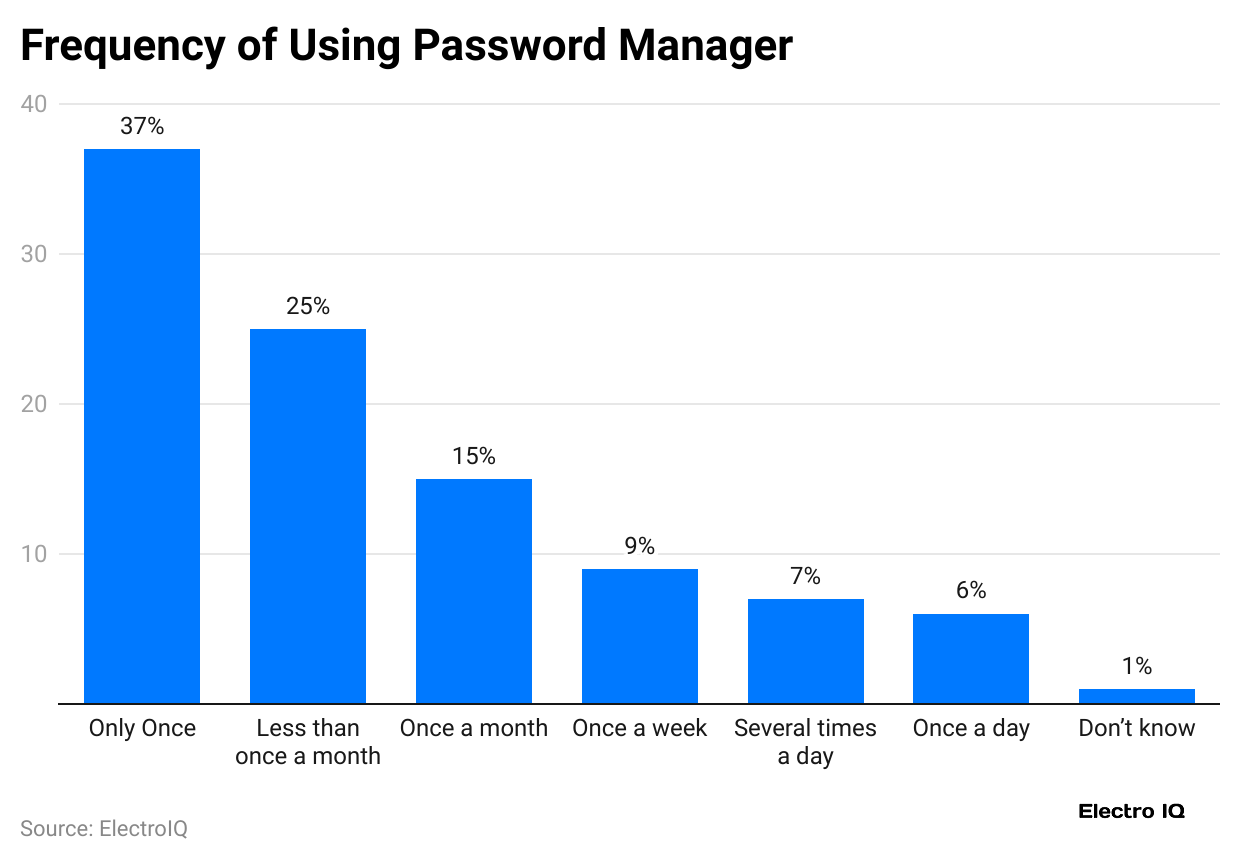
- The above graph depicts that 37% of respondents change or update their passwords only once, making it the largest group, followed by 25% who do so less than once a month.
- Around 15% update passwords once a month, while 9% do so once a week.
- Smaller shares update passwords several times a day (7%) or once a day (6%).
- Only 1% of respondents were unsure about their password update frequency.
Reasons People are Using Password Managers
- A report published by NordPass states that the average American today manages over 250 passwords across both personal and work accounts.
- Besides, the Cybersecurity and Infrastructure Security Agency (CISA) advise that their passwords should be at least 16 characters long, completely random, and different for every account they use.
- As of 2024, around 78% of people choose a password manager because they have too many passwords to remember.
- About 67% use it to access logins across different devices like laptops and phones.
- Meanwhile, 55% rely on it to create strong and complex passwords, while 34% need it to handle multiple logins for certain apps.
- Nearly 32% prefer it for password encryption, and 15% like the convenience of remembering just one master password.
Reasons People are Not Using Password Managers
- The main reason many people avoid using a password manager is that 37% are unsure if they need one.
- Around 23% do not trust that these tools are secure.
- In contrast, almost 16% admit they do not understand how password managers work.
- About 9% feel they are too expensive, while another 9% think they are difficult to set up.
Conclusion
Password managers have become an important tool for keeping online accounts safe, and also make it easier to handle complex passwords securely. In the United States, about one-third of people are currently using them. However, many still rely on unsafe practices like writing passwords on paper or reusing them across accounts.
These trends show some progress but also ongoing risks. As cyber threats grow, more people need to use password managers and learn safe password habits to protect their personal and work information better online.
Sources
FAQ.
The three basic types of password managers are cloud-based, local (offline), and browser-integrated.
Risk factors of password managers include master password theft, software vulnerabilities, cloud breaches, device loss, and phishing attacks.
The main advantage is securely storing and organising complex passwords, reducing the risk of breaches.
The 8-4 rule for passwords means using at least eight characters with four types of symbols.
Password managers are generally secure, but if compromised, they can be hacked like any software.

Maitrayee Dey has a background in Electrical Engineering and has worked in various technical roles before transitioning to writing. Specializing in technology and Artificial Intelligence, she has served as an Academic Research Analyst and Freelance Writer, particularly focusing on education and healthcare in Australia. Maitrayee's lifelong passions for writing and painting led her to pursue a full-time writing career. She is also the creator of a cooking YouTube channel, where she shares her culinary adventures. At Smartphone Thoughts, Maitrayee brings her expertise in technology to provide in-depth smartphone reviews and app-related statistics, making complex topics easy to understand for all readers.










